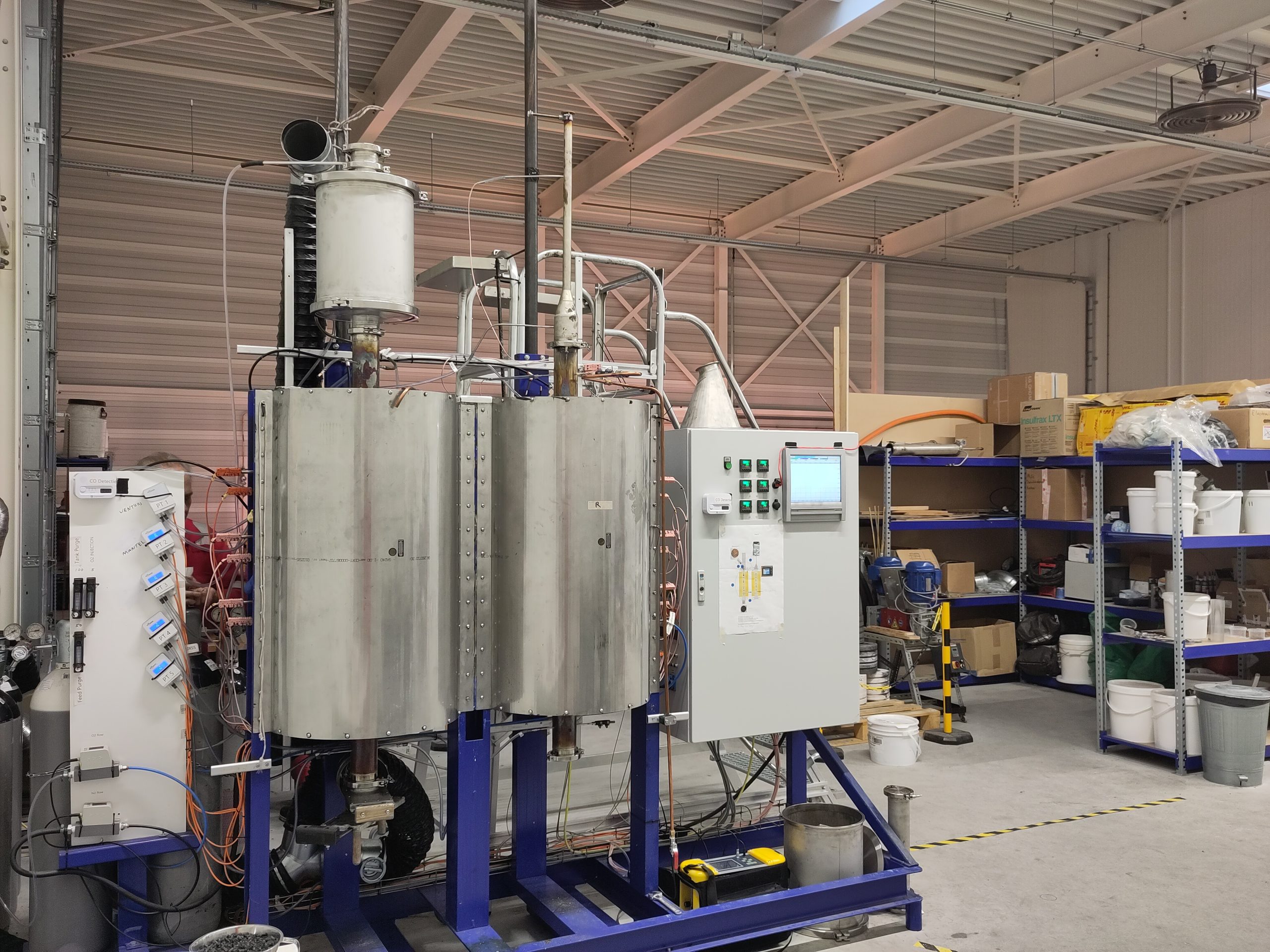The Netherlands – Butter Bridge has successfully demonstrated a method to process lower grade iron ore into pig iron by integrating biowaste gasification and electric smelting technology. The company now aims to build a small facility in the Netherlands to provide smelting services supporting the transition to green steel. Focus points include prereduction, ore behaviour, electrical smelting technology, related waste streams, and integration with the cement industry.
Most of the steel in the world is produced by smelting lower grade iron ore in blast furnaces. This process is carbon intensive as large amounts of metallurgical (fossil) coal are consumed in these furnaces, producing significant quantities of CO2.
Lower grade ores
To achieve net zero by 2050 it will be necessary to deploy clean steel production processes with low CO2 emissions: green steel. The at present commercially and technically proven production route for green steel from ore requires high-grade iron ore. This ore is first processed into Direct Reduced Iron (DRI) which will mostly be melted in Electric Arc Furnaces to produce high-quality steel. However, high grade ore is not widely available and comprises only a fraction of globally traded iron ore.
To truly decarbonize the global steel industry and avoid dependence on scarce high-grade ores, new large-scale processes are required to pre-reduce and smelt the more typical lower grade ores.
Butter Bridge
Butter Bridge is a consultancy based in the Netherlands, specialised in metallurgy and notably the continuous smelting of ores using electric smelting technology. During a recent test Butter Bridge reduced commercially available low-grade ore with biobased syngas (CO-H2 mixture), producing DRI and a biochar product (concentrated carbon residue). The syngas was produced from woody biomass in a DOPS Recycling Technologies lab-scale reactor. Various degrees of prereduction were achieved and the produced biochar was collected for use in the smelting step.
The DRI was subsequently mixed with the biochar and slagformers in predefined proportions based on calculations. This mix was placed in an electrically heated furnace made available by Ascem, the research and knowledge institute of the BTE Group.
The final products – metal pucks and slags – were assessed for quality and quantity. Both quality and quantity matched the calculations done in preparation to the tests. The results also demonstrated that the slag and metal composition could be controlled using calculated amounts of biochar and slag forming additions. This is important to ensure a sustainable outlet for this slag as low-CO2 raw material for the cement industry.


